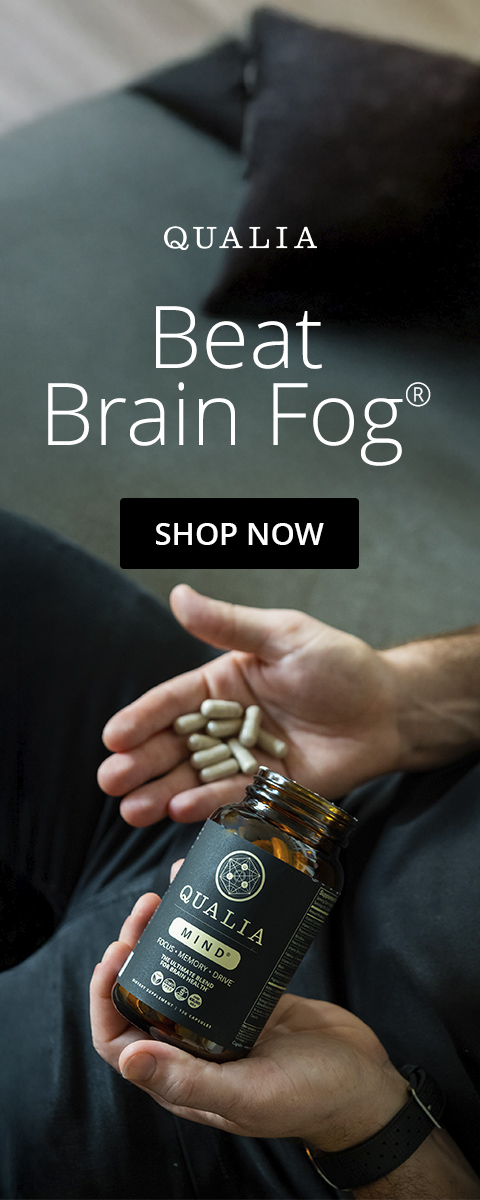The vagus nerve could be likened to the queen of the parasympathetic nervous system — a.k.a. the “rest and digest” — so the more we can do things that “stimulate” or activate it, like deep breathing, the more we offset the effects of the sympathetic nervous system and reduce cortisol levels.
Ideally, within your autonomic nervous system, the tug of war between these two opposing mechanisms creates a "yin-yang" type of harmony marked by homeostatic balance.
Unfortunately, the hectic paced, digital age we find ourselves living in causes our evolutionary biology to short-circuit by throwing our individual and collective nervous systems out of balance.
It's for this reason that a healthy vagal tone has become a heightened area of research within the scientific community. Thankfully, there are easy to implement, highly effective, science-backed ways to activate the power of your parasympathetic nervous system by stimulating your vagus nerve.
7 Easy Ways To Stimulate Your Vagus Nerve
Cold Therapy
According to one study, when the body is exposed to cold therapy, our fight-or-flight system declines and our rest-and-digest system increases - stimulating the vagus nerve. An easy way to get started? Cold showers. Learn more of the benefits associated with cold therapy here and check out our three favorite ways to get started with cold therapy here.
Positive Thinking
In a study of 65 people, half of the participants were instructed to sit and focus their thoughts on positive thoughts towards others. The result? Increased positive emotions produced increases in vagal tone, an effect mediated by increased perceptions of social connections.
Meditation
Meditation has amazing neurological benefits - from altering grey matter volume, to stress reduction, improved focus, and increasing creativity but it’s also a powerful neurohack to support vagal tone.
In a 2016 study, 35 test subjects practiced mindfulness meditation as a means to handle life’s stressors. After four months, subjects showed higher levels of brain connectivity and lowered inflammation, indicating a healthier vagal tone.
If you love the science behind breathwork as much as we do, you will love our podcast interview with Ariel Garten of Muse, creators of the brain-sensing headband biohackers love for deeper meditation practices.
Breathwork
Breathwork is one of the fastest and easiest ways to activate the vagus nerve. By applying strategic breathing practices, you are able to utilize the body and mind to experience pure consciousness also known as a sense of oneness. Check the research, here, and learn more about our favorite breathwork technique, here. You might even love this podcast interview with Dr. Andrew Huberman, as he helps us better understand how to use breath to shift out of fear states.
Laughing
Laughter stimulates diaphragmatic breathing, activates the parasympathetic nervous system, and triggers the “tend-and-befriend” response linked to healthy vagal tone. Even ten minutes of laughter is sufficient in triggering mental and physical health benefits. Take a peek at the research.
Singing and Chanting
The vagus nerve is connected to both your vocal cords and the muscles at the back of your throat. Singing, chanting, and even humming have been shown to activate these muscles and increase heart rate variability, thus stimulating your vagus nerve.
Exercise
We know that exercise supports mitochondrial health and helps reverse cognitive decline, but it’s also been shown to stimulate the vagus nerve, which may explain its beneficial brain and mental health effects. Read the study, here.
By understanding the incredible power of your vagus nerve you can begin practicing ways to flex its inhibitory strength to help you live an optimized life and offset the effects of the sympathetic nervous system.
Optimal Gut-Brain Health
Qualia Probiotic+ is a one-of-a-kind formula doesn't just promote healthy gut. It also helps support mood and brain performance by enhancing gut-brain connections that are also crucial for nearly every system in body. There’s never been one simple scoop of supplemental nutrition designed to support so many aspects of gut health, including the gut-brain axis.* Shop now.
*These statements have not been evaluated by the Food and Drug Administration. This product is not intended to diagnose, treat, cure, or prevent any disease.
Learn More About The Gut-Brain Connection
Blog: How Our Second Brain Affects Mood, Immune Function, and Cognition
Blog: Psychobiotics & the Gut-Brain Connection
Blog: Psychobiotics: Bacteria to Brighten your Mood
Blog: What is The Gut-Brain Axis? An Exploration of The Communication Pathways Between The Brain, The Gut, And The Microbiota
Podcast: Restore Gut Health: The Science Behind a Healthy Gut Microbiome
Podcast: Gut Health & Microbiome Diet: How to Create a Healthy Microbiome
Podcast: The Science of Leaky Gut









Scott Craven